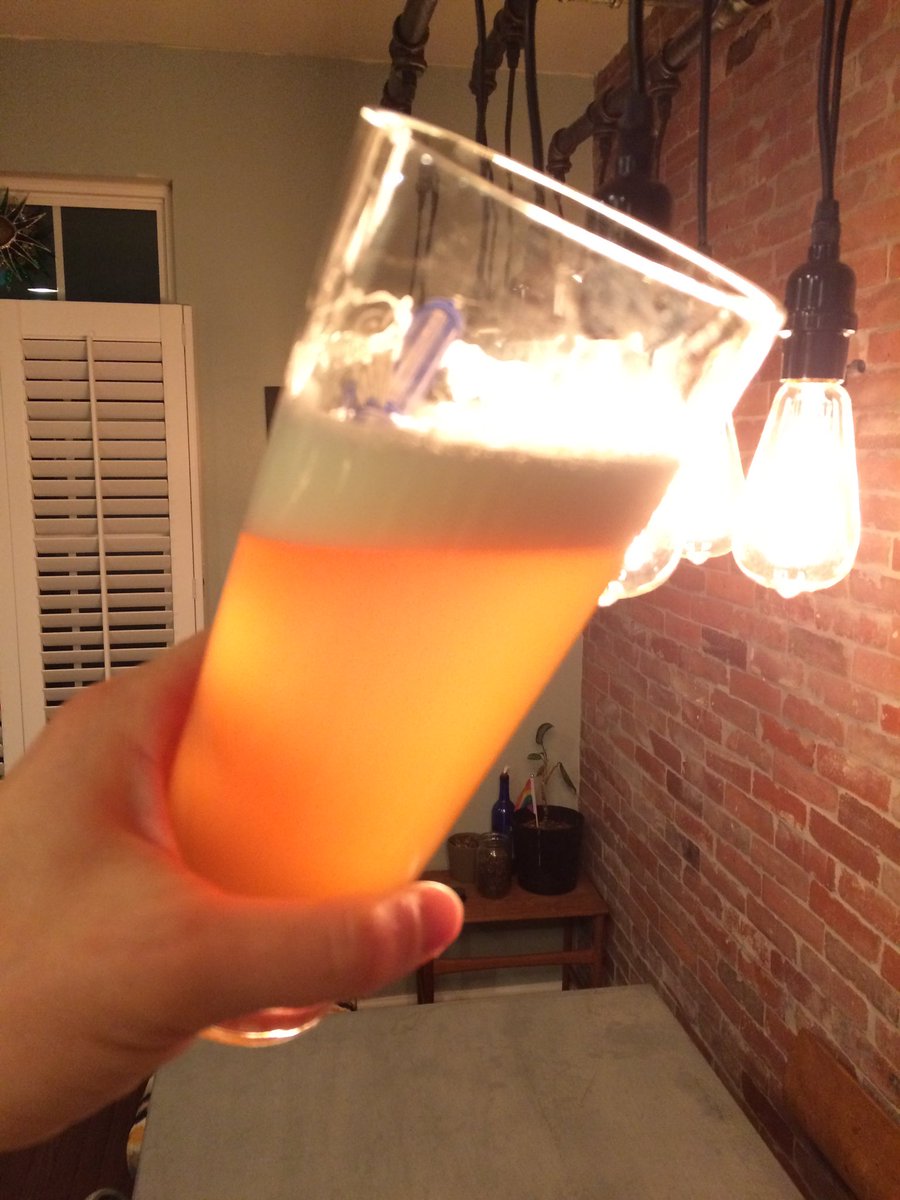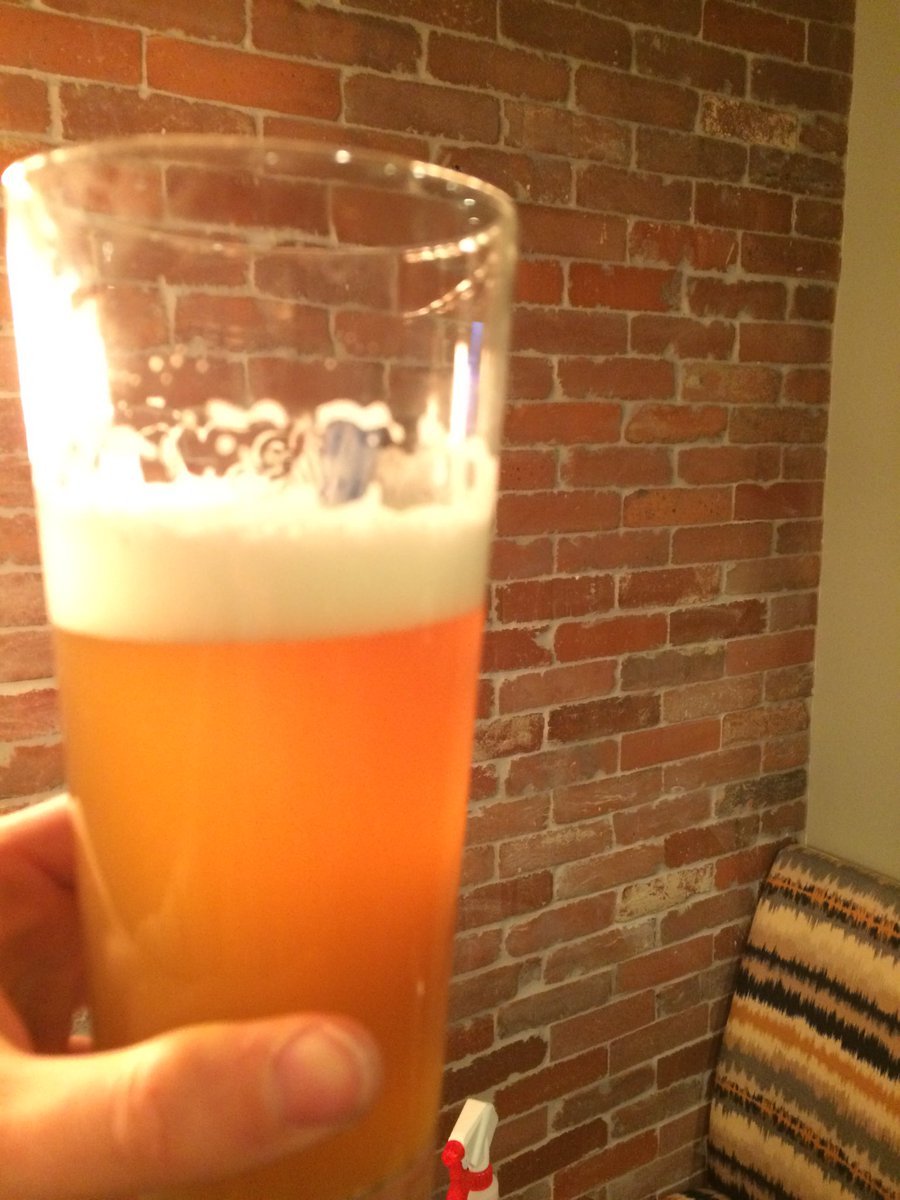jakturner
Well-Known Member
I'll never use Equinox again. The risk is not worth the reward. I wouldn't be surprised if they renamed it due to its terrible reputation
What experience did you have with equinox?

I'll never use Equinox again. The risk is not worth the reward. I wouldn't be surprised if they renamed it due to its terrible reputation
What experience did you have with equinox?
Green pepper bomb on multiple occasions - same as what most people report. I always dry hop heavily though so maybe it's ok in small amounts
Green pepper bomb on multiple occasions - same as what most people report. I always dry hop heavily though so maybe it's ok in small amounts










![Craft A Brew - Safale S-04 Dry Yeast - Fermentis - English Ale Dry Yeast - For English and American Ales and Hard Apple Ciders - Ingredients for Home Brewing - Beer Making Supplies - [1 Pack]](https://m.media-amazon.com/images/I/41fVGNh6JfL._SL500_.jpg)

Brau, update on your pseudo-LODO comparison?
What do you guys carbonate this to? I think I do 2.5 volumes for standard ipas, should I go lower?
Also, I tried transferring from my fermonster from the spigot through the liquid outpost, against the advice I've seen on here and it didn't work. At first I thought it was a problem on my fermonster, because I accidently collapsed the spout by tightening a hose clamp too much. But i tried to pull a pint today and I got only a slow trickle. So now I figure it's the liquid post. I guess I'll have to take it apart, which I really hate to do since I'll have to expose some o2.
Oh and carbed up my hydrometer sample with a carb cap to taste. Holy crap it was delicious.

I keep it pretty low.... 1.9-2.2 range probably.
You can try putting a liquid disconnect on your CO2 and pushing CO2 down the tube..... That may or may not work.
Make sure you vent the pressure off your keg before you take the post off to clean it out if you go that route..... guess how I know that
That is a job best done over a floor drain if possible.
I'll never use Equinox again. The risk is not worth the reward. I wouldn't be surprised if they renamed it due to its terrible reputation


Here is my latest NE pale ale with WLP 800 Lager yeast!!
amarillo and chinook are the hops.
Wow, that's gorgeous! Interesting choice on yeast - did you ferment at lager or ale temps?
Also, what did you use to give you that hue - crystal or another grain (I use vienna to add some color to mine, but it isn't quite that deep an orange)?
Fermented at ale temps, (measured from thermalwell) 66, free rized up to 73f, no temp control at all. I wanted to see if Wlp 800 would give me any off flavors. It didn't, maybe a touch of fruit, but it is hard to tell because of the hops.
Sadly the color is a trick with the light and haze! If in a normal room it is a more straw like color, with a touch of orange.
Pils, and half a pound of honey malt.
Brewed this recipe twice now, thanks braufessor! I live in MA so have been enjoying these beers for years now and always wanted to try to recreate them.
First time I did it exactly as the recipe on page one, mashed at 153-154, fermentation was a bit warm since ths was during the summer and from what i remember day 1 was ~176 and I quickly made a swamp cooler and brought it down to mid-60's and let it slowly raise to 72. Beer still came out great, very much on the sessionable side.
For the most recent batch we added an extra 1lb of 2row and .5lb of oats, kept the warrior for bittering and did citra for all other hop additions. Just kegged it and its great, got the fermentation temps right at 62 and brought it up to around 68.
Both beers have been great, the smell is perfect for what I would want for the style as is the initial taste, but I feel like the body/finish is a bit thin. Any thoughts on this? Im looking more of that "juice" consistency Julius or Green has.
For increasing body, I think the following helps:
-less attenuating yeast
-using wlp095, conan, wy1450 or wy1318 for rounder profile
-shift more of the hops to the hopstand from the dryhop (dryhop can come off as a bit sharp/tannic)
-try different dryhop combos for less tannic element
-less bittering hops (or try none once and see how it goes)
-keep sulfate levels as low as possible
I agree with all of these.....For increasing body, I think the following helps:
-less attenuating yeast
-using wlp095, conan, wy1450 or wy1318 for rounder profile
-shift more of the hops to the hopstand from the dryhop (dryhop can come off as a bit sharp/tannic)
-try different dryhop combos for less tannic element
-less bittering hops (or try none once and see how it goes)
-keep sulfate levels as low as possible
I keep it pretty low.... 1.9-2.2 range probably.
You can try putting a liquid disconnect on your CO2 and pushing CO2 down the tube..... That may or may not work.
Make sure you vent the pressure off your keg before you take the post off to clean it out if you go that route..... guess how I know that
That is a job best done over a floor drain if possible.

So it turned out to be a clogged dip tube, which was easy enough to fix. It clogged again after a couple pours, though. I didn't have a filter, but I'll buy one and see if that helps.
The beers that did pour were delicious, though!
___________________________________
On another note, has anyone used conan to make an english porter or similar beer? I brewed one sunday more and than 48 hours after pitching some harvested WLP002 I had absolutely no activity. I just pitched 2 of my remaining 4 jars of the giga yeast vermont IPA slurry I had harvested from the blonde ale.
I agree with all of these.....
I would add:
You could go up a bit 155-157 on mash temps maybe.
Go more toward the recipe in post #1418 (1.06-1.065, 18-20% flaked), with higher chloride/lower sulfate.
Also - low carbonation can help too... keep it in the 2.0 range.
Your words disappoint me.
i lost interest in nitro once i found it was just a marketing trick to simulate cask ales.
Cask Ales are much better. nothing like a traditional beer engine to pull your own pint.
I recently had a trip to the UK where i did my best to drink every cask ale i came across (which was easy, they are everywhere), and i have to say, I do not understand the allure of warm beer that is nearly flat, oxidized and has low alcohol content.

I recently had a trip to the UK where i did my best to drink every cask ale i came across (which was easy, they are everywhere), and i have to say, I do not understand the allure of warm beer that is nearly flat, oxidized and has low alcohol content.
I think the low carb and warmer temp really lets the flavors come through better than cold and with a carbonation bite.
I do need to correct you though.... (sorry)
* The beer is not warm, and is normally serve at room temperature or cellar temperature.
